Discovering the hidden historical sites in major cities offers a unique glimpse into the past. These locations are often overlooked by tourists but hold significant cultural and historical value. From underground passages to secluded galleries, these spots provide a fascinating journey through time. Let’s explore some of the most intriguing hidden historical sites in bustling urban landscapes.
The Catacombs of Paris, France
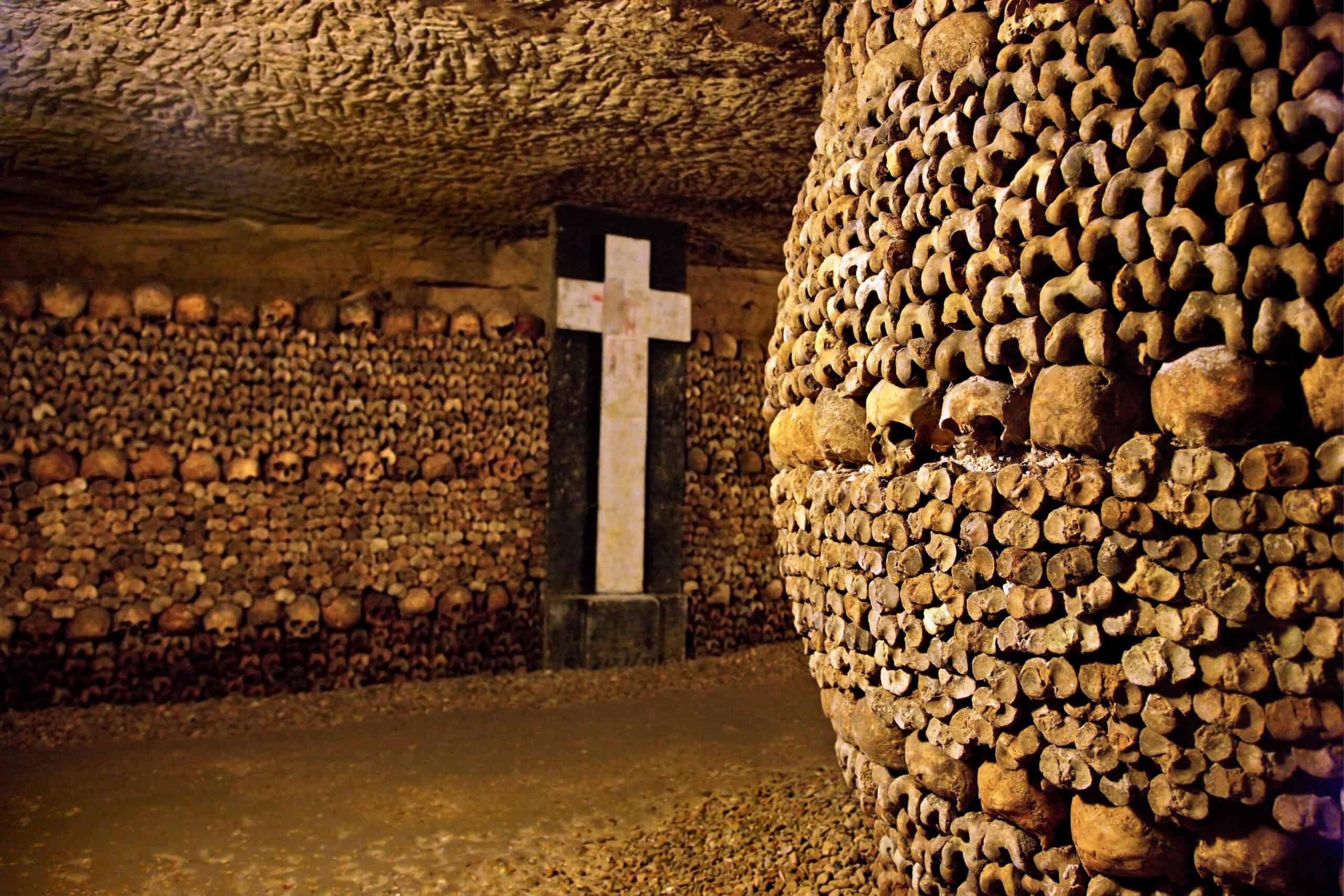
The Catacombs of Paris are an extensive network of underground tunnels. They house the remains of over six million people. Located beneath the city streets, this ossuary offers a chilling yet fascinating glimpse into Paris’ history. The catacombs were created in the late 18th century to address the city’s overflowing cemeteries. Hidden from the everyday hustle above, the catacombs are a maze of narrow passageways. Visitors can explore sections open to the public. The site is filled with neatly arranged bones and skulls, forming eerie patterns.
The Old Operating Theatre, London, England
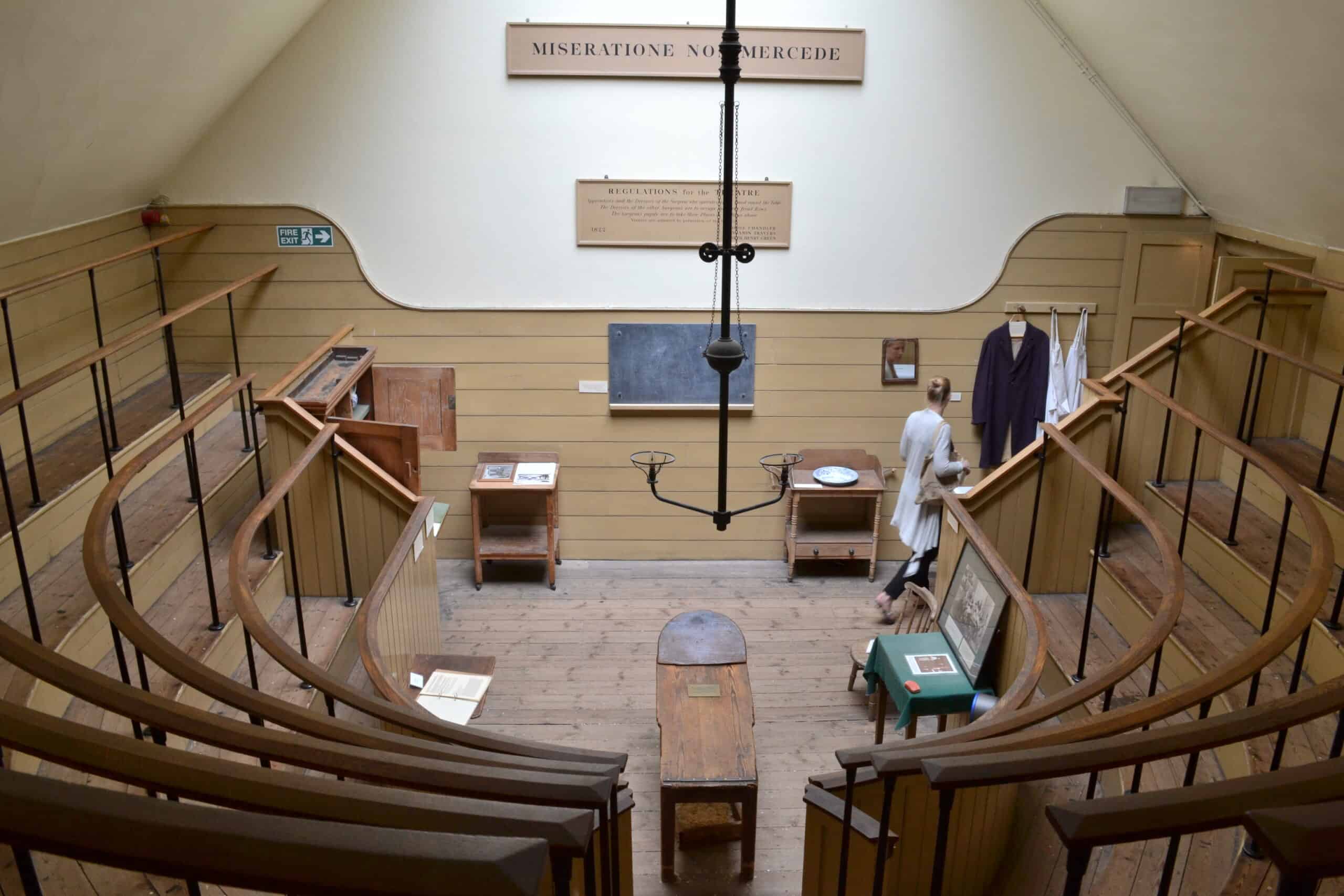
The Old Operating Theatre is one of the oldest surviving surgical theatres in Europe. It is located in the attic of St. Thomas’ Church in London. This hidden gem offers a rare insight into pre-anesthetic surgery. The theatre dates back to 1822 and was used for operations on women. The entrance is through a narrow, winding staircase. The theatre is preserved with original wooden galleries where students once watched surgeries. The adjacent herb garret displays antique surgical instruments and medical herbs.
The Whispering Gallery of St. Paul’s Cathedral, London, England
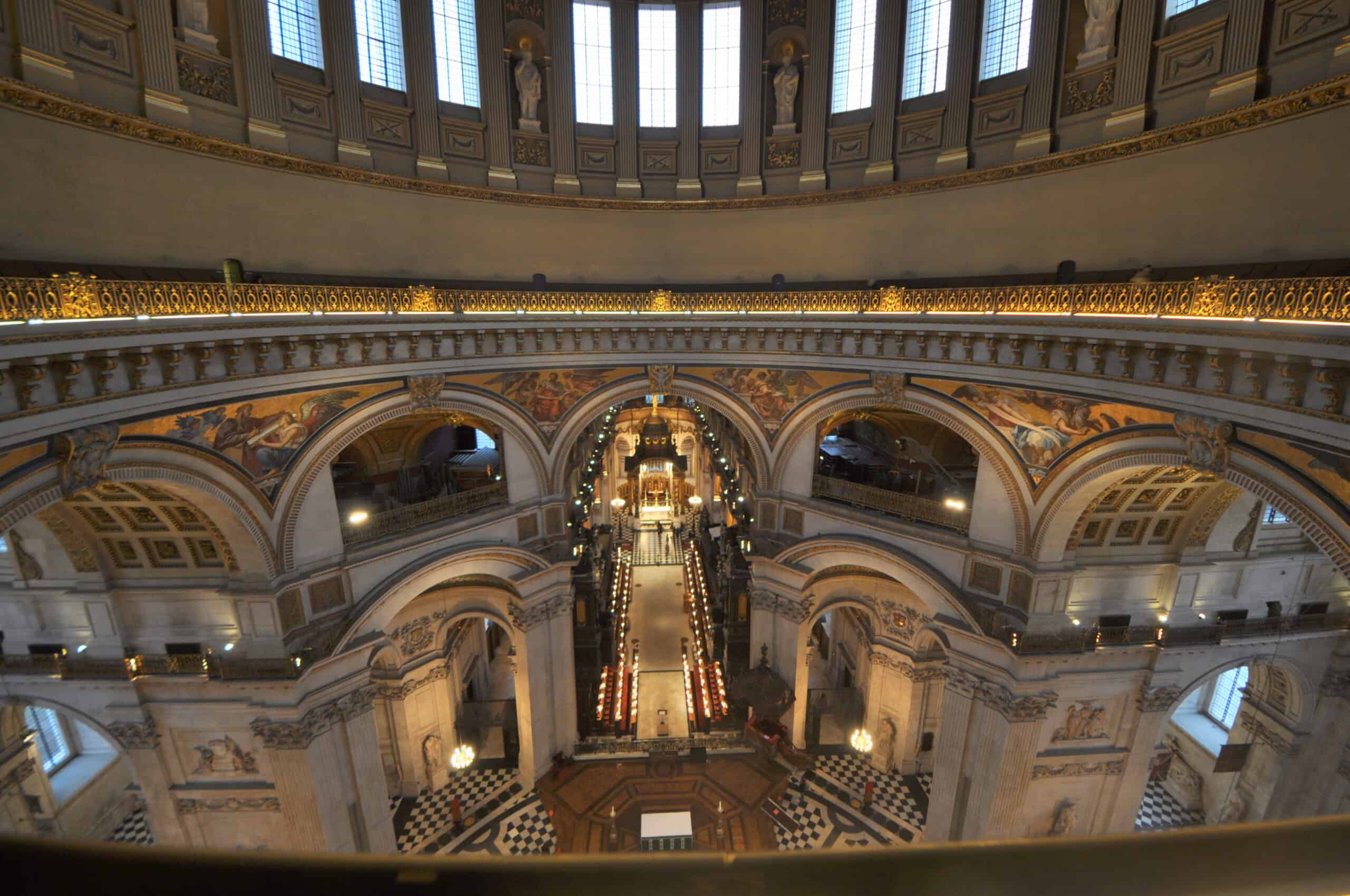
St. Paul’s Cathedral is home to the famous Whispering Gallery. This architectural marvel is located 259 steps up from the cathedral floor. The gallery is known for its unique acoustic properties. A whisper against its wall can be heard clearly on the opposite side. Hidden high within the cathedral, the gallery is a quiet retreat. The structure allows sound waves to travel around its curved walls. This phenomenon creates an intriguing and interactive experience for visitors.
The Met Cloisters, New York City, USA
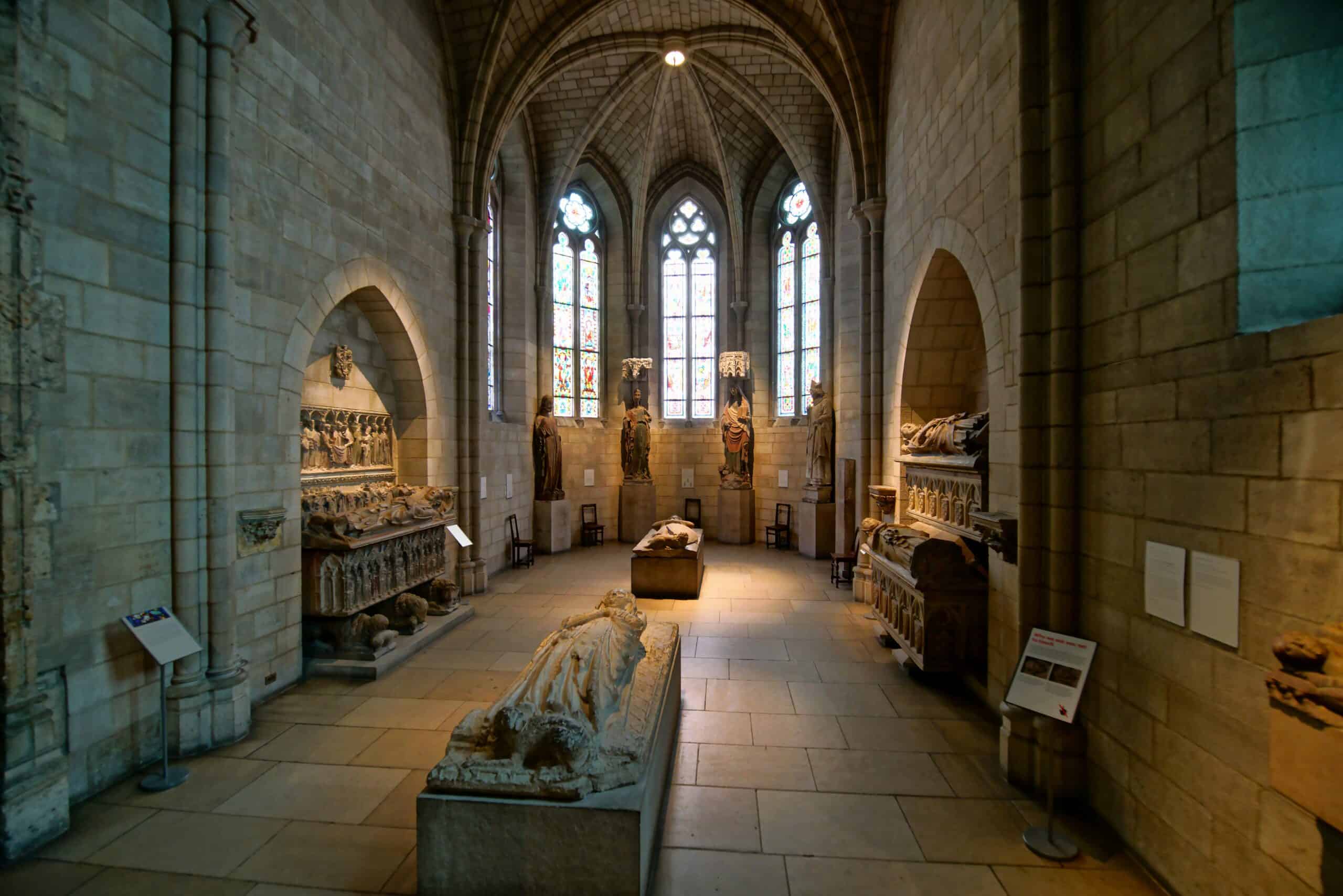
The Met Cloisters is a museum dedicated to the art and architecture of medieval Europe. It is located in Fort Tryon Park in Upper Manhattan. The museum is designed to resemble a European medieval monastery. It houses a collection of over 2,000 artworks, including tapestries, stained glass, and sculptures. Hidden in the lush greenery of the park, the Cloisters offers a serene escape from the city. The building itself is an architectural masterpiece. It features elements from five medieval French abbeys.
Beneath the Colosseum, Rome, Italy
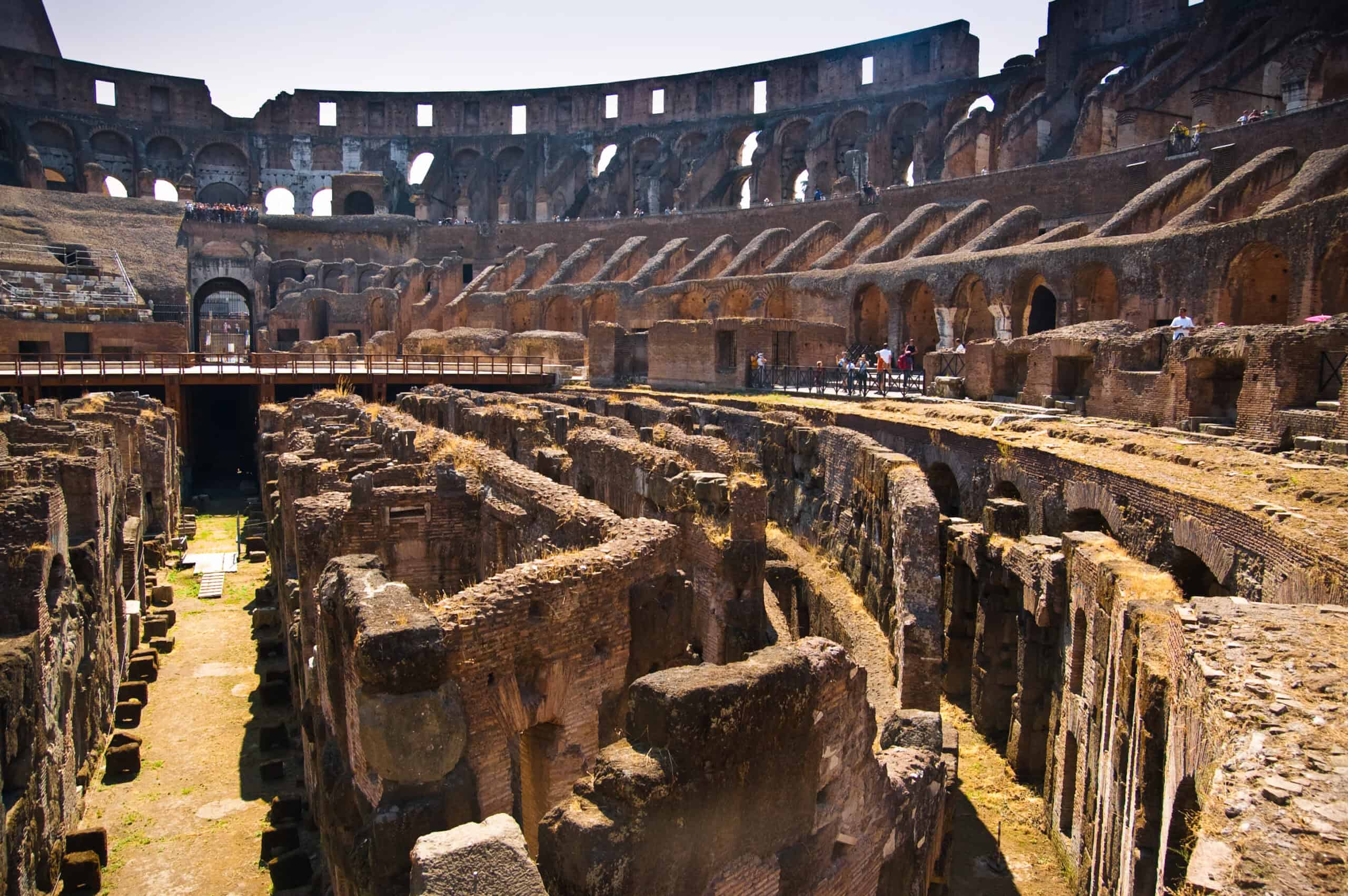
Beneath the Colosseum lies a labyrinth of underground chambers. These hypogeum areas were once used to house gladiators and animals before combat. The chambers offer a glimpse into the hidden workings of Rome’s ancient amphitheater. Visitors can explore the dark passages and see where history unfolded. This subterranean world remains hidden beneath the iconic structure above. The underground chambers reveal the complex logistics of staging the games. They include elevators and trapdoors used to surprise spectators.
The Anne Frank House, Amsterdam, Netherlands

The Anne Frank House is the preserved hiding place of Anne Frank and her family. Located on the Prinsengracht canal, this museum provides a poignant look into the Holocaust. The secret annex, concealed behind a moveable bookcase, was where Anne wrote her famous diary. The hiding place remains hidden within the unassuming facade of the house. Visitors can tour the small, cramped quarters where the Frank family lived in fear. The museum includes Anne’s original diary and historical exhibits.
Churchill War Rooms, London, England
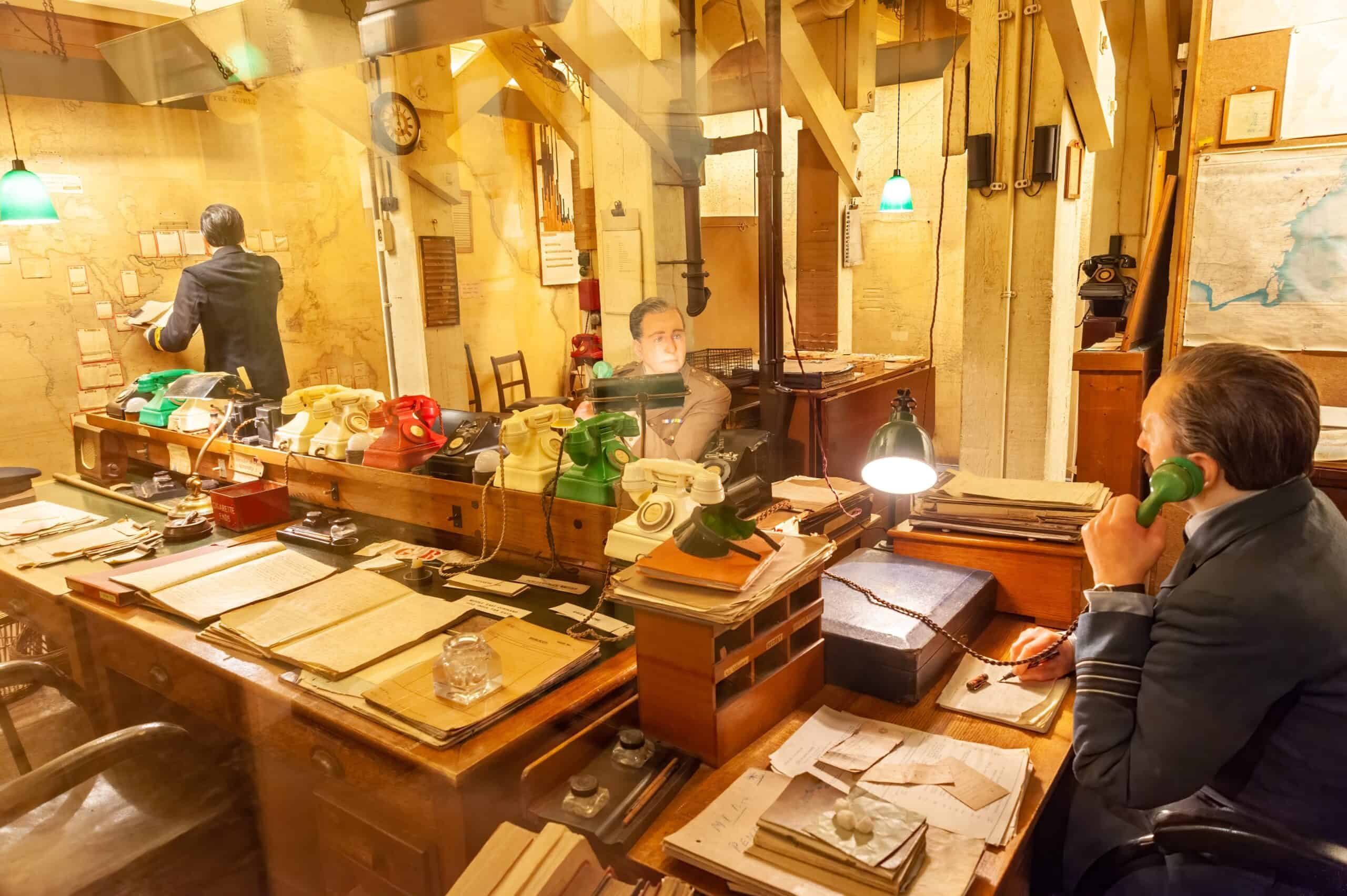
The Churchill War Rooms are a historic underground complex. They served as the British government’s command center during World War II. Located beneath the streets of Westminster, this site remains well-hidden. The rooms include Churchill’s office and a cabinet war room. Visitors can explore the preserved bunkers. The museum features original maps, documents, and personal items. This site provides a vivid glimpse into wartime Britain.
The City of London Roman Amphitheatre, London, England
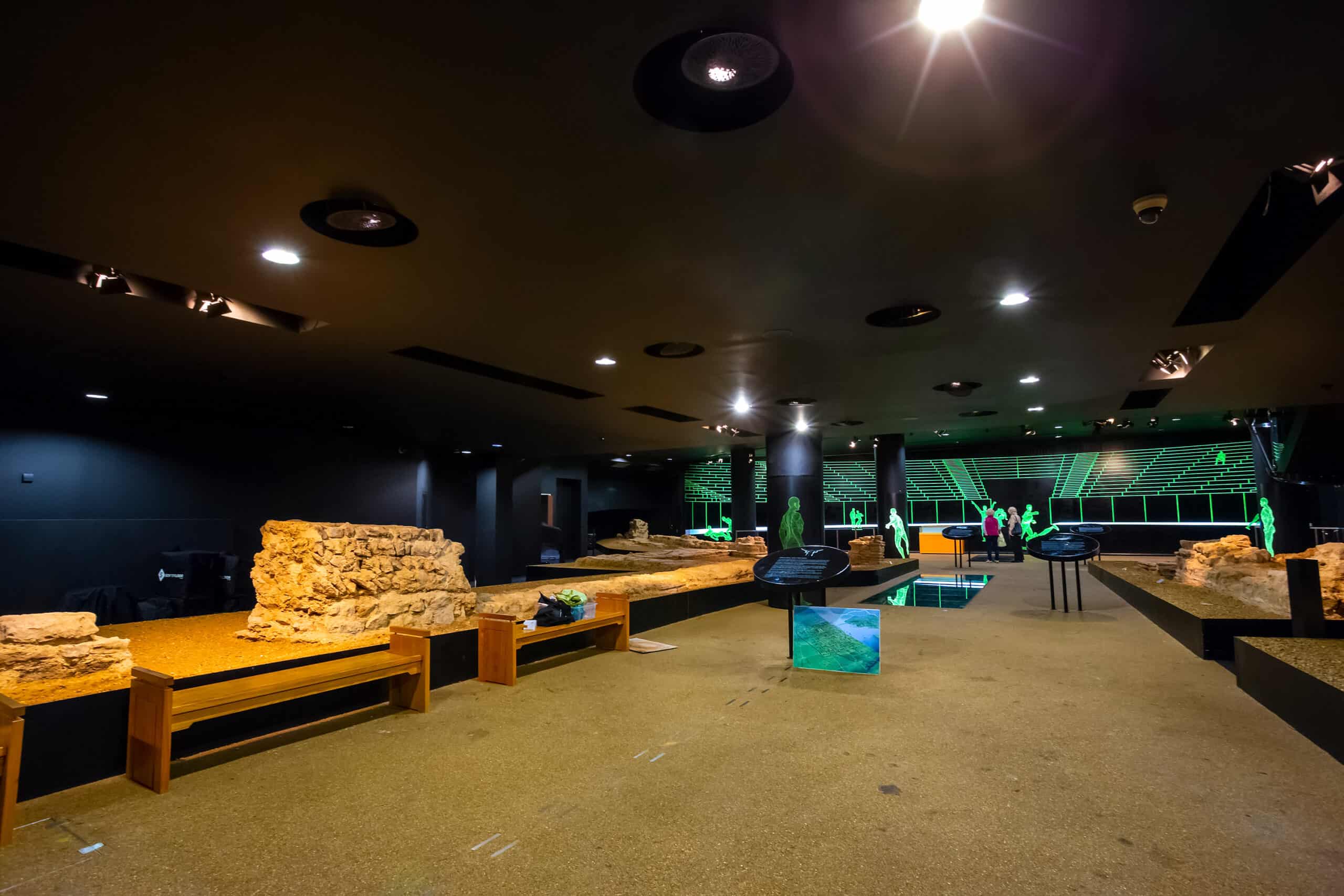
The City of London Roman Amphitheatre lies beneath the Guildhall Art Gallery. Discovered in 1988, it dates back to Roman Londinium. The amphitheatre once hosted gladiatorial combat and public spectacles. Its remains are now a hidden treasure below the modern city. Visitors can see the ancient stone walls and wooden seating. The site includes interactive displays and reconstructions. This amphitheatre offers a rare look into London’s Roman past.
The Hall of Mirrors at Palace of Versailles, Paris, France
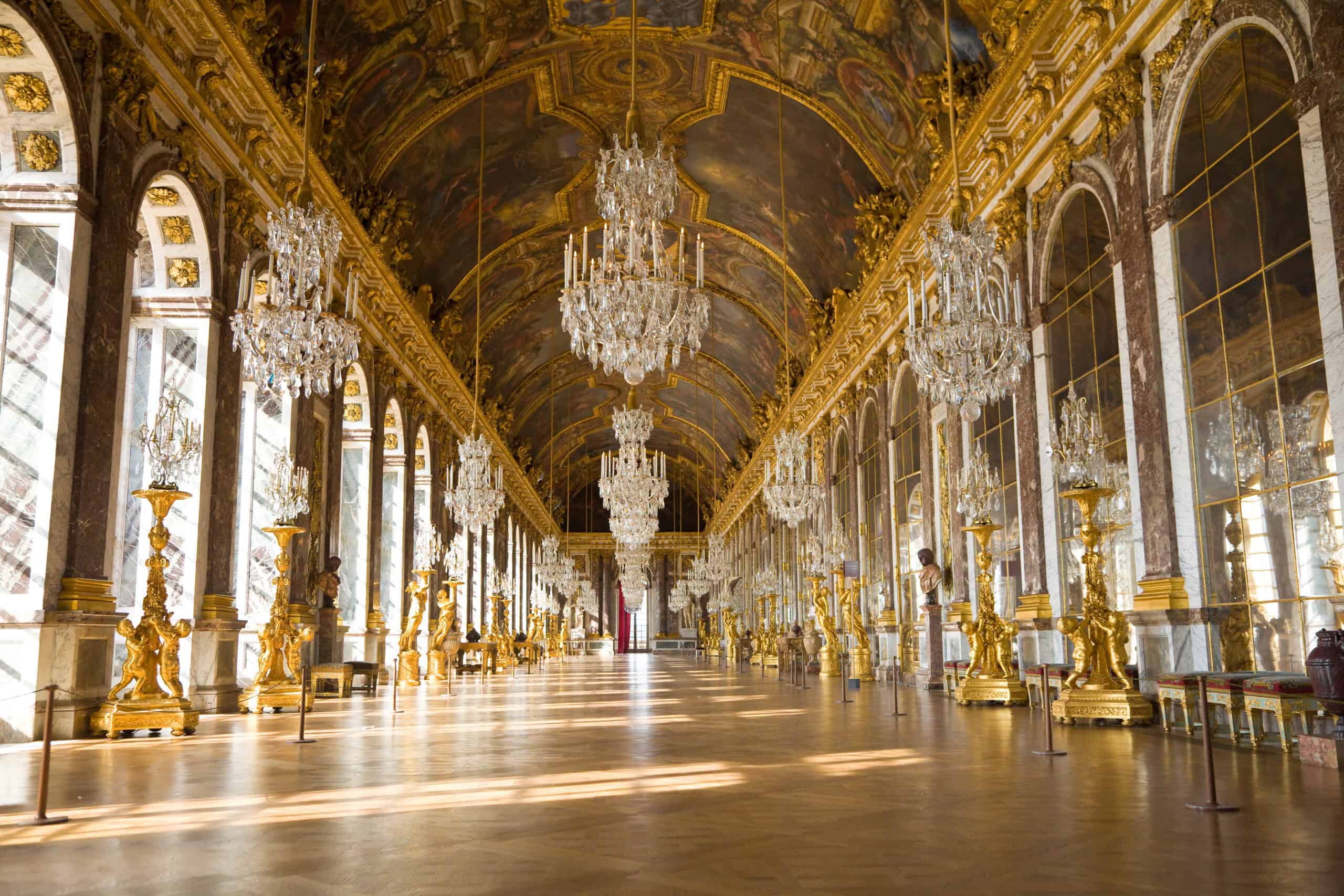
The Hall of Mirrors is the grandest room in the Palace of Versailles. Located just outside Paris, this opulent space is famous for its stunning mirrors and chandeliers. It’s hidden within the vast expanse of the palace grounds. The hall was the site of the signing of the Treaty of Versailles. Visitors can marvel at the 357 mirrors that line the walls. The hall reflects the grandeur of the Sun King, Louis XIV. Its historic significance and architectural beauty make it a must-see.
The Diefenbunker, Ottawa, Canada
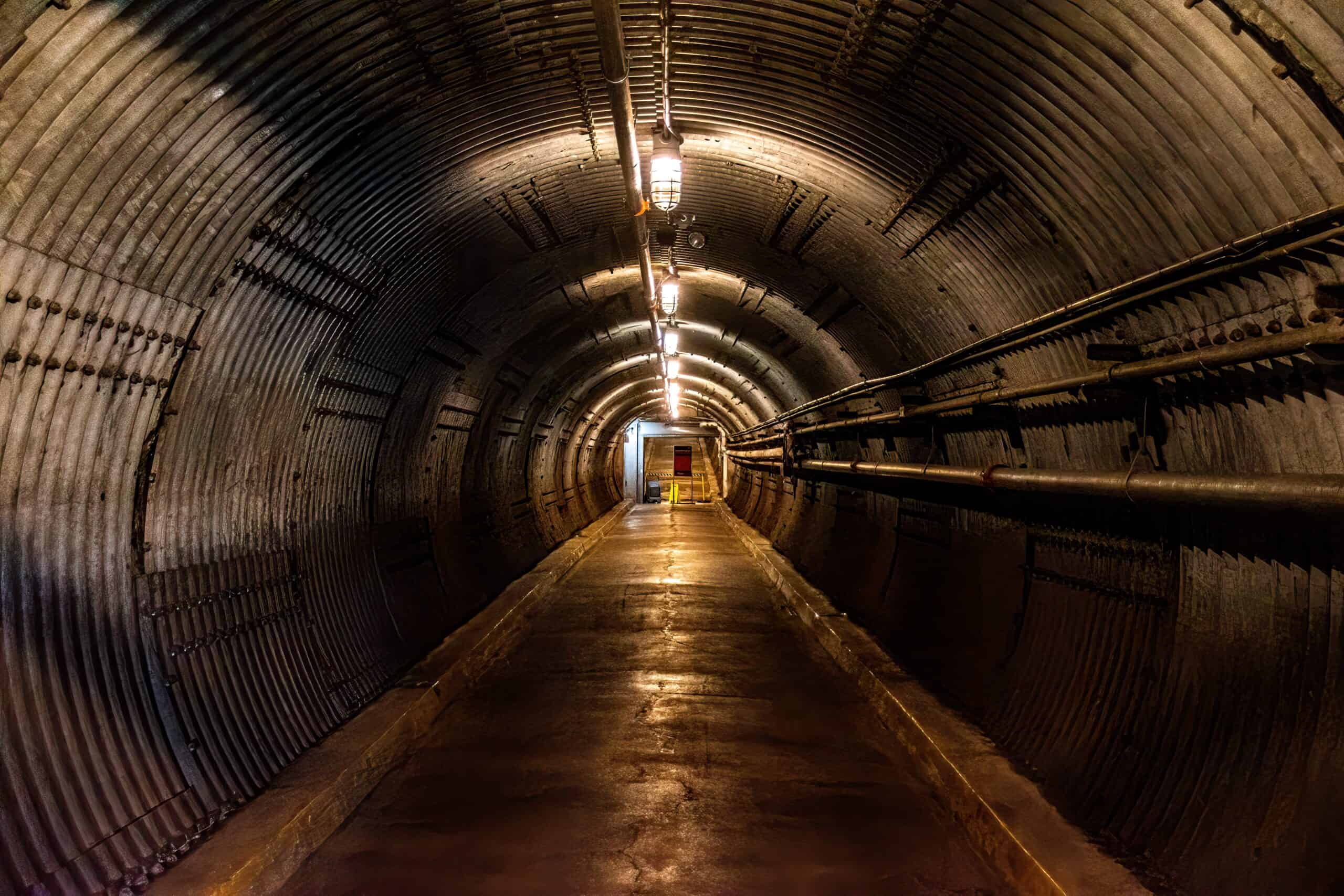
The Diefenbunker is a Cold War-era bunker in Ottawa. Built to protect government officials in case of nuclear attack, it’s hidden underground. The bunker is now a museum that offers a glimpse into Canada’s Cold War history. It includes original equipment and rooms. Visitors can explore the four-story, 100,000-square-foot facility. The museum features exhibits on Cold War politics and nuclear preparedness. The Diefenbunker is a unique historical site. It reveals a hidden aspect of Canada’s past.
The Baths of Diocletian, Rome, Italy
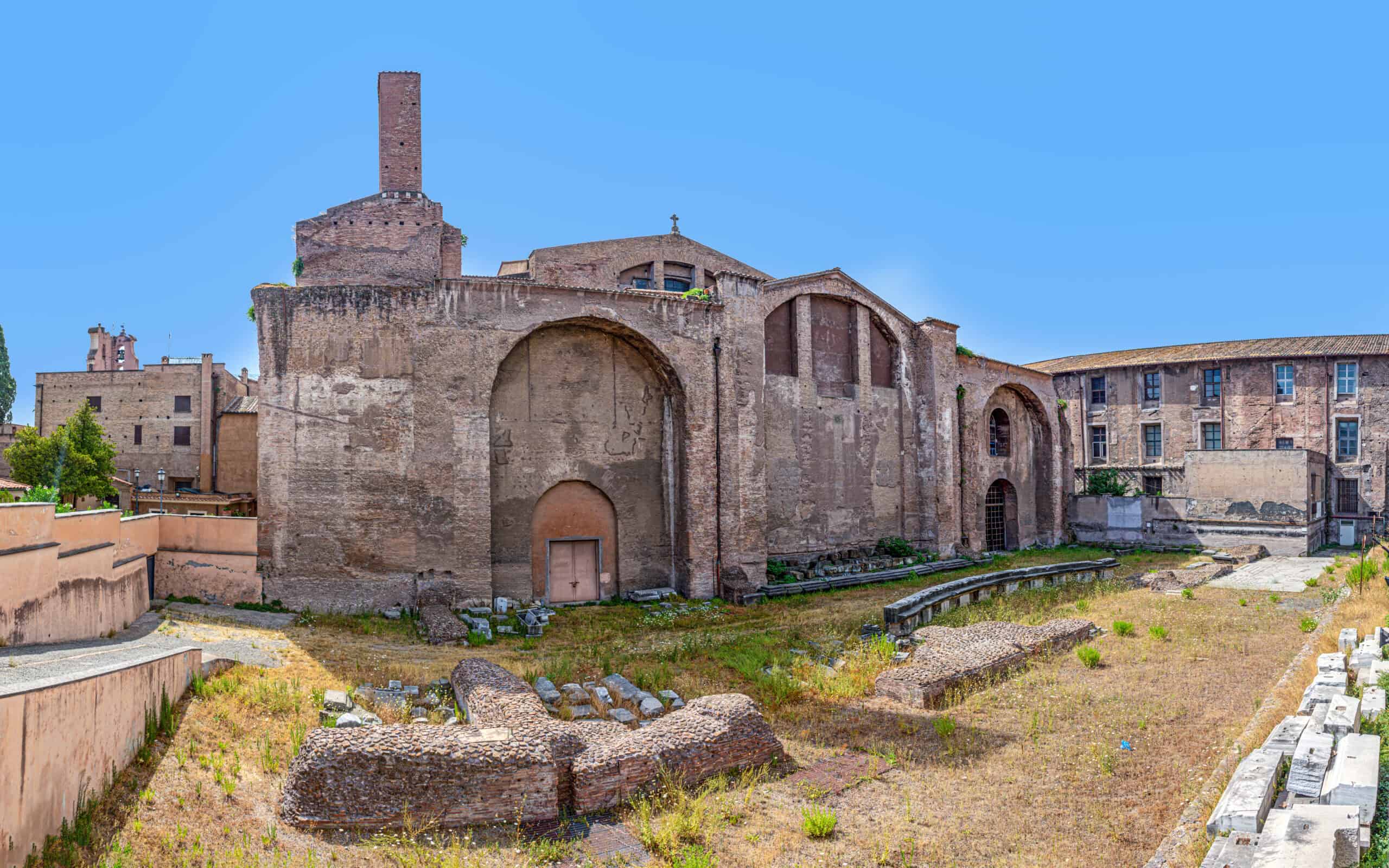
The Baths of Diocletian are ancient Roman public baths. Located near Termini Station, they are often overlooked by visitors. The baths were the largest of their kind in ancient Rome. They could accommodate up to 3,000 people. Visitors can see the remains of the baths, including the tepidarium and frigidarium. The site includes a museum with artifacts from the period. The baths offer a glimpse into Roman engineering and social life.
The Fairy Tale Castle Neuschwanstein, Bavaria, Germany

Neuschwanstein Castle is a fairy-tale castle in Bavaria. Built by King Ludwig II, it inspired Disney’s Sleeping Beauty Castle. The castle is hidden in the Bavarian Alps, accessible by a steep hike. It’s a symbol of romantic architecture and fantasy. Visitors can tour its lavishly decorated rooms. Highlights include the Throne Hall and the Singers’ Hall. The castle offers breathtaking views of the surrounding landscape. It’s a hidden gem that brings fairy tales to life.
This article originally appeared on Rarest.org.
More from Rarest.org
1972 Washington Quarter Value Guide
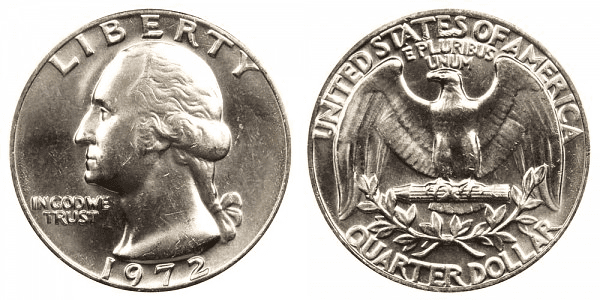
While earlier examples of Washington Quarters have a silver content, from 1968 onwards, quarters featured a 25% Nickel cladding with a 75% Copper center. Read More.
1964 Lincoln Penny Value Guide

Coins represent little moments of history. Passed from hand to hand and used from purchase to purchase, each coin can tell a story, so it’s no surprise that coins appeal so greatly to collectors. Read More.
1994 Roosevelt Dime Value Guide
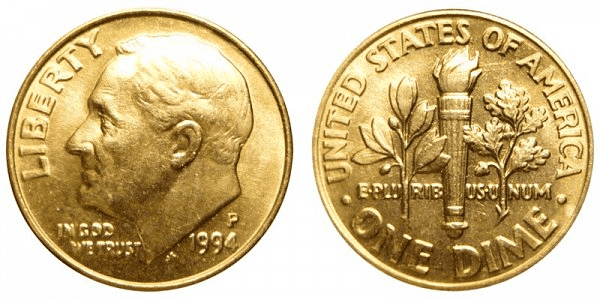
The 1994 dime was issued about 30 years ago. It is part of the Roosevelt dime series that the US Mint started to strike starting in 1946. Read More.
